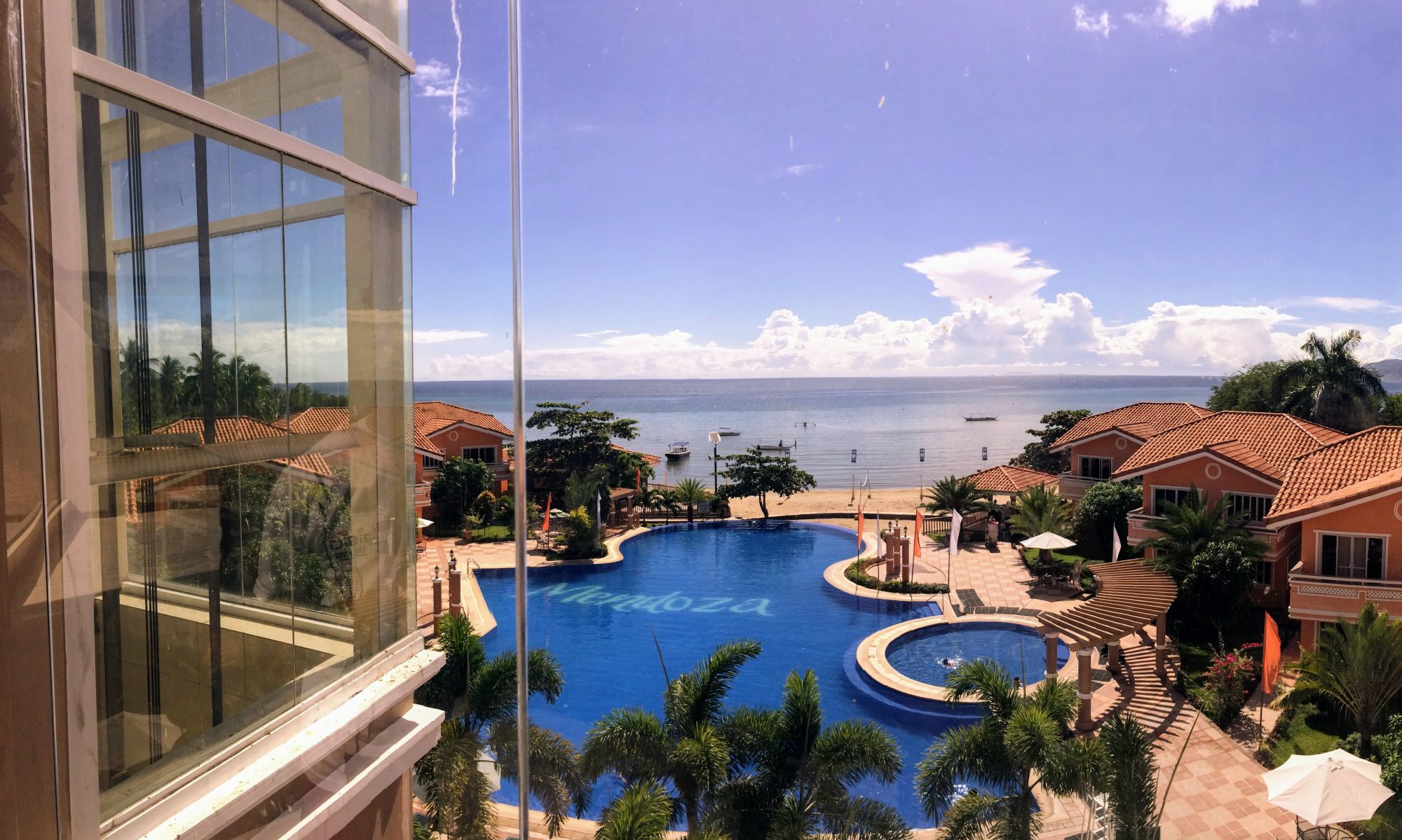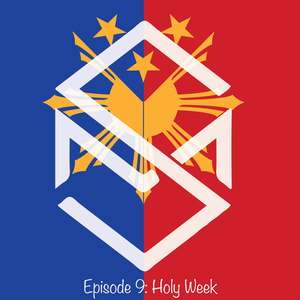Welcome back to the Sherwin M Podcast! I’m Sherwin, and Happy Easter to everyone celebrating! This is Episode 9: Holy Week.
Before we dive into Semana Santa, a quick recap: I recently went to a Filipino variety show in Glendale featuring Coco Martin and The Fantastic Four (Chocolate, Kiray, Pooh, Pokwang). It was a lot of fun – comedy, singing, entertainment – though some jokes went over my head! One pet peeve, though: people recording everything on their phones and bright tablets instead of just enjoying the live show they paid for! Please, folks, be considerate of those around you and experience the moment!
Deep Dive: Holy Week (Semana Santa) in the Philippines
Today’s topic is Holy Week, or Semana Santa, a hugely significant time in the predominantly Catholic Philippines. It’s the week leading up to Easter, starting with Palm Sunday.
A Week of Observance: Closures and Quiet
- Nationwide Impact: Unlike the diverse religious landscape in the US (where maybe Thanksgiving feels like a more universal holiday), Holy Week deeply impacts daily life in the Philippines.
- Closures: Most schools (especially Catholic ones) close for the entire week – their version of spring break. Many businesses also shut down, particularly from Wednesday or Maundy Thursday through Easter.
- Media Changes: TV and radio stations often suspend regular programming, airing reruns or religious-themed shows and music instead. Many personalities take the week off for vacation or family time.
Visita Iglesia: The Seven Church Pilgrimage
A major tradition during Holy Week (usually Maundy Thursday or Good Friday) is Visita Iglesia (Spanish/Tagalog for “Visit Church”).
- The Practice: Devotees visit seven different churches to pray the Stations of the Cross (there are 14 stations depicting Christ’s path to crucifixion).
- Evolution: While people in the 70s might have prayed all 14 stations in one church, the more recent custom is to pray two stations at each of the seven churches visited.
- The Sacrifice: This is a significant undertaking, especially outside major cities where churches can be far apart. Traveling between seven churches often takes an entire day and is considered part of the devotee’s sacrifice and penance.
Personal Memory: Stations of the Cross on Knees
I remember going to church with my mom and grandma during Holy Week as a kid. I didn’t do Visita Iglesia across multiple churches here in the US, but I vividly recall them praying the Stations of the Cross by kneeling and moving around the entire church on their knees from station to station. It looked incredibly painful, especially for my grandma. I tried joining them once but couldn’t handle the pain on my knees beyond a few stations. Witnessing their devotion and sacrifice was powerful.
Good Friday Reflections
Growing up, I also remember Good Friday afternoons being exceptionally quiet. Around 3 PM, the time associated with Jesus’ death, my brother and I would be made to sit still and silent for hours. Even as we got older, my mom would remind us not to play loud music in the car if we went out, respecting the solemnity of the day.
- Key Day Names:
- Maundy Thursday: Huwebes Santo
- Good Friday: Biyernes Santo
- Holy Saturday: Sabado de Gloria
Sabado de Gloria: Water, Gatherings, and Rituals
Holy Saturday, Sabado de Gloria, has its own unique set of traditions:
- Water & Gatherings: It’s a day for family gatherings, often near water (beaches, pools, rivers). Picnics, swimming, and playfully splashing each other are common. Why water? A priest explained it symbolizes new beginnings, new life, and baptism, anticipating the Resurrection on Easter Sunday.
- Pagpuputol (Traditional Circumcision – Note: Sensitive Topic)(Listener discretion advised for this section)
- Sabado de Gloria is also a traditional day for young boys to undergo circumcision (pagpuputol or tuli) in the Philippines. This is often not done at birth as is common in the US.
- The Traditional Process: (Based on stories, not my experience!) Boys bathe early, then go to a secluded area (often forested, near water) away from girls (due to a belief that a girl seeing it causes swelling). An elder, sometimes an albularyo (traditional healer), performs the procedure. The boy often chews guava (bayabas) leaves. The foreskin is cut (traditionally with a razor/sharp tool). Afterward, the boy spits the chewed guava leaves onto the wound (believed to have antiseptic properties) and then jumps into the nearby body of water. It sounds unsanitary by modern standards, but it was a long-standing rite of passage.
Other Sabado de Gloria Beliefs (Jumping Tall?)
My mom also mentioned a belief from her town: having kids jump up and down on tables on Sabado de Gloria was thought to make them grow taller! Spoiler alert: If I did it, it didn’t work on me!
Easter Sunday: Salubong and Traditions (No Bunnies!)
- Salubong: The main Easter Sunday event is the Salubong (welcoming/meeting), an early morning procession or parade reenacting the meeting of the Risen Christ and his mother, Mary.
- No Bunnies/Eggs: Traditionally, Filipino Easter doesn’t involve Easter bunnies or egg hunts. These are largely Western commercialized additions. Chocolate is expensive in the Philippines, and coloring hard-boiled eggs wasn’t a typical practice. The focus remains primarily religious, celebrating the Resurrection.
Final Easter Thoughts
So that’s a glimpse into Holy Week traditions in the Philippines – a time of deep religious observance, unique cultural practices, and strong family connections. I hope everyone who celebrated had a meaningful Holy Week and a Happy Easter!

